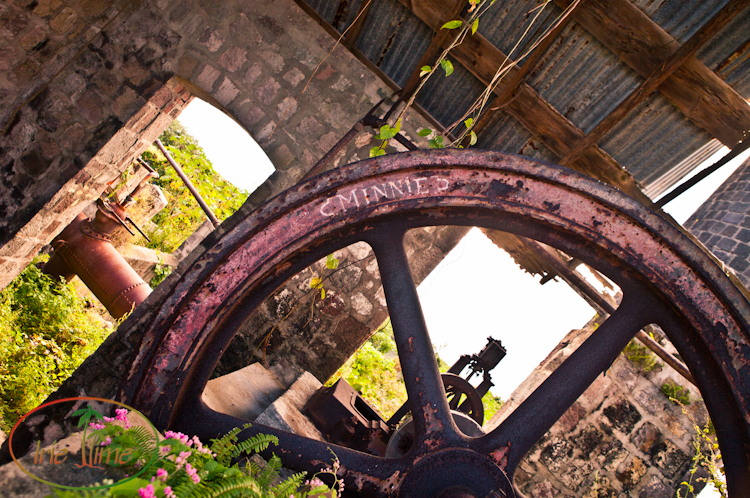
From the moment you arrive on Nevis, you are aware of the country’s proud history. The people often speak of their history and traditions, and how it makes Nevis and its people what they are today. A trip to the island is not complete without taking in some of the historic sites. You cannot travel far around the island without seeing at least one of these blue signs, signifying points of interest on the Nevis Heritage Trail.
Fort Charles was our first stop on the trail. Fort Charles was the largest fort on the island, built in the 17th century to protect the capital city of Charlestown. The historical sites on Nevis are not what one might encounter in the United States. There are no ropes to keep you out, or tour shops to buy a souvenir. The sites are as they were left, and as affected by man and nature. So feel free to explore! A word to the wise: avoid flipflops if you wish to get deeper into the ruins, as there are muddy areas and grown over areas which are not friendly to bare legs.
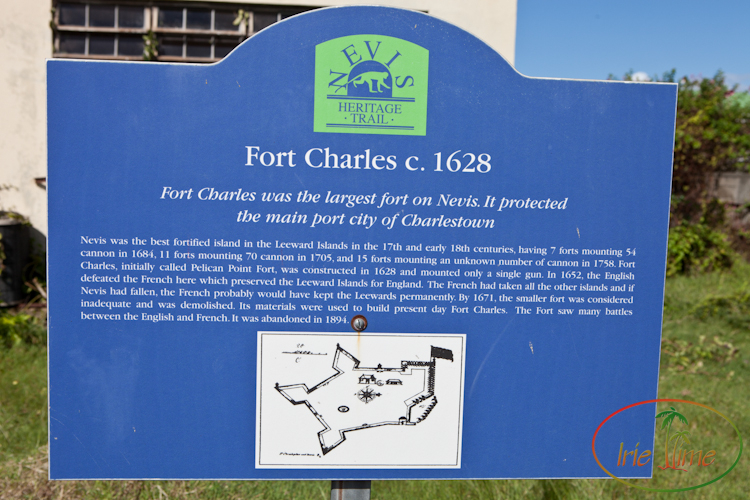
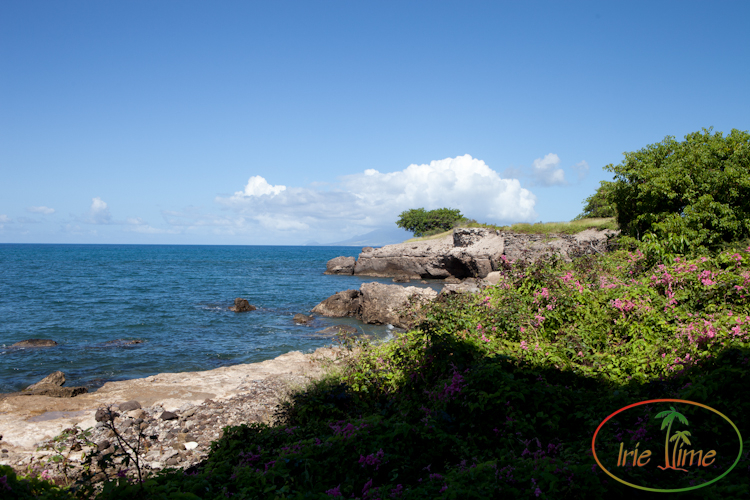
Our next stop on the trail was St. John’s Figtree Anglican Church, c. 1680, famous as the home of the marriage certificate of Frances (Fanny) Nisbet and British Naval hero, Horatio Nelson. We visited on a Sunday, and mass was in progress. You won’t see me snapping shots of people mid-worship, but I can share some exterior shots.
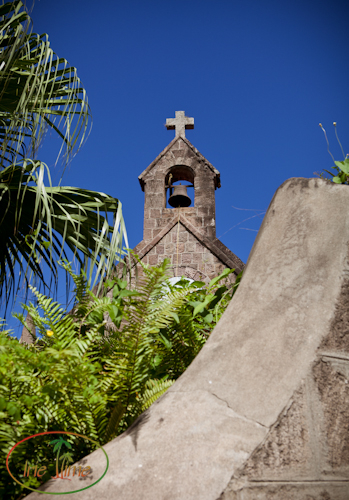
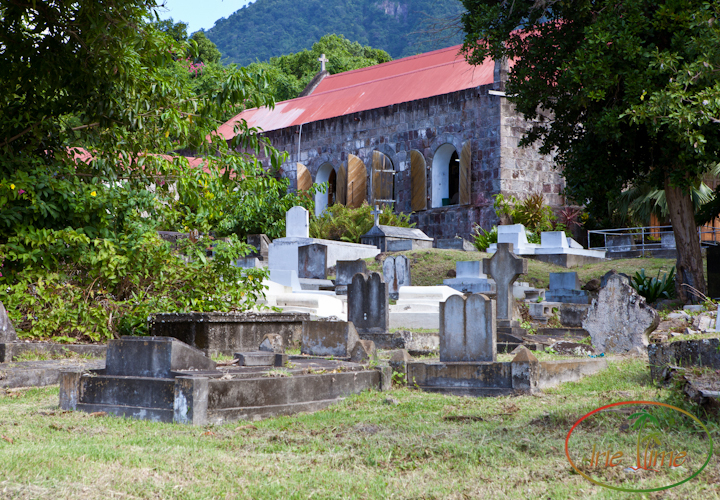
We visited a few former plantations on the island as well. Although the marriage certificate for Fanny Nisbet and Horatio Nelson can be found at the St. John’s Figtree Church, they were not married there. The were married at Montpelier Plantation, on March 11, 1787. The former sugar plantation is now an inn, a Relais & Chateaux property.
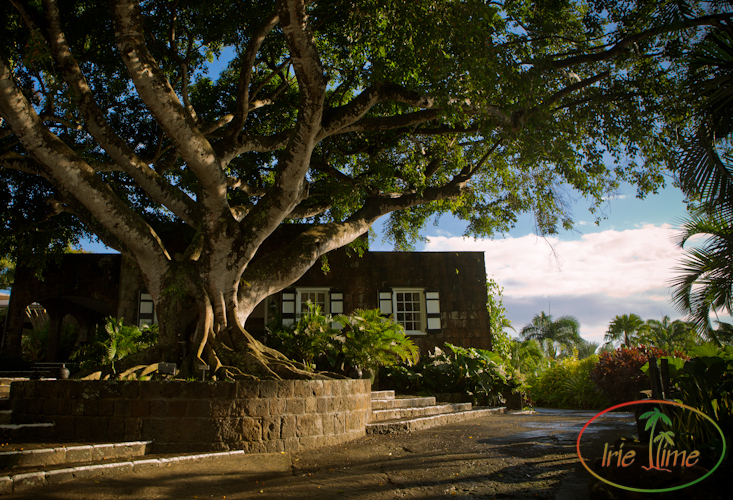
I understand that you can dine in sugar mill on the property.
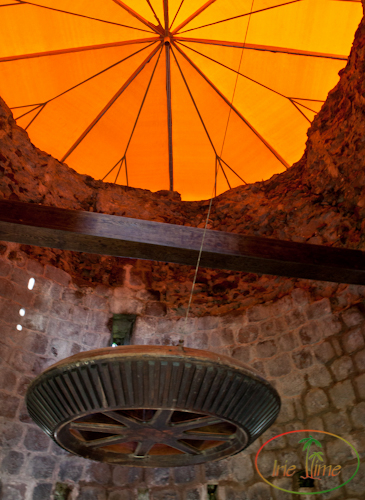
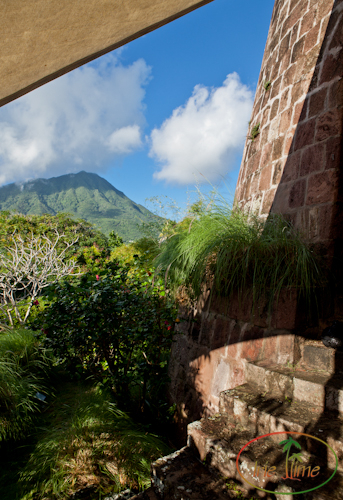
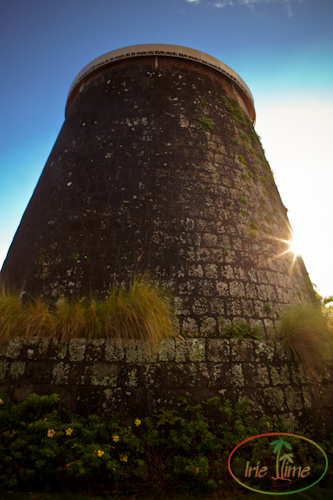
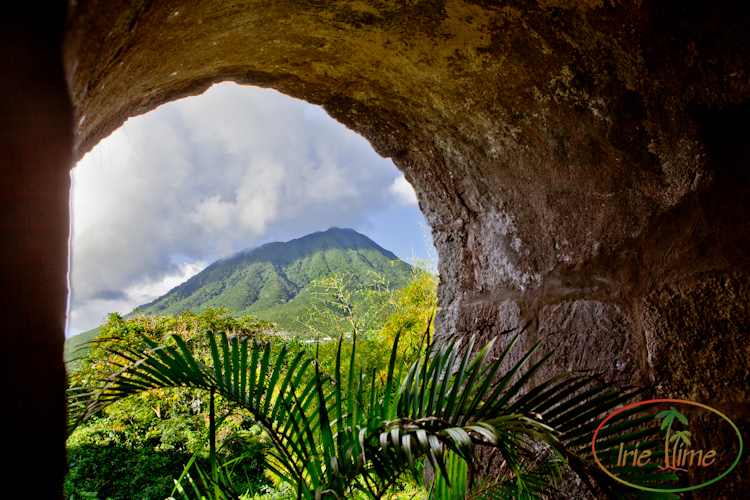
We also stopped by the Hermitage Plantation, which also operates as an inn. The great house on the plantation was built in 1670, and has been continually in use in some capacity ever since.
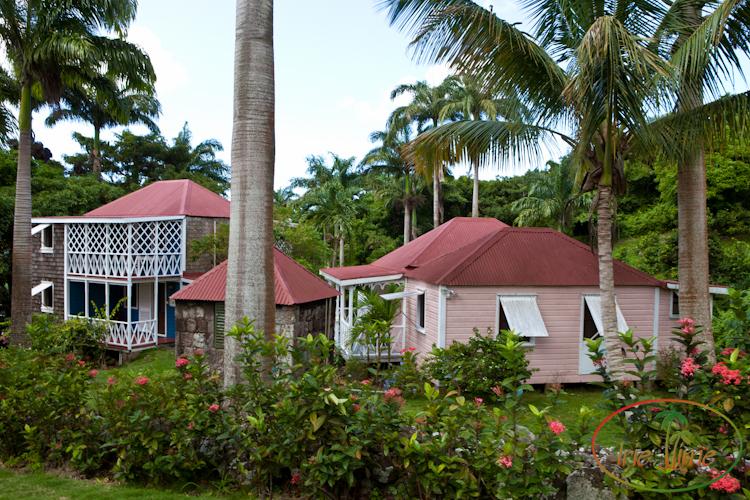
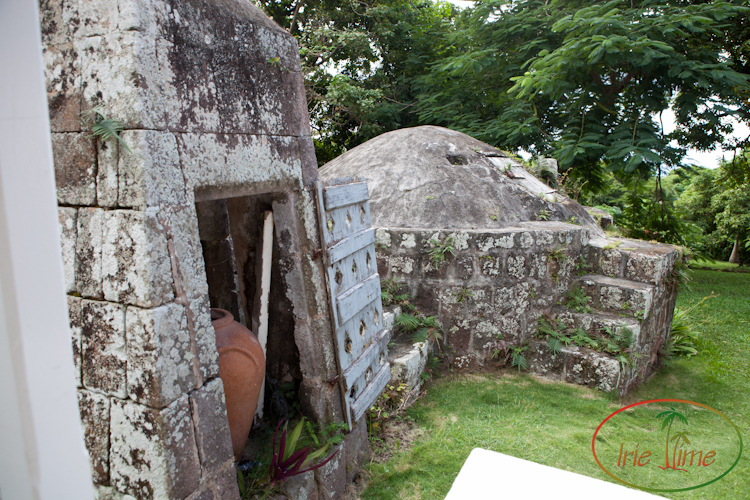
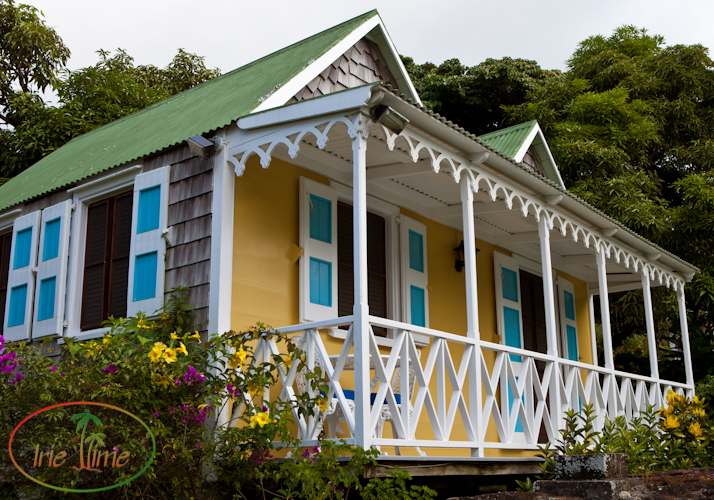
We also visited Nisbet Plantation. Nisbet Plantation was the home of Fanny Nisbet, and on the grounds you will now find the Nisbet Plantation Beach Club. There does not appear to be much of the original home left, other than that which you see at the entrance to the resort.
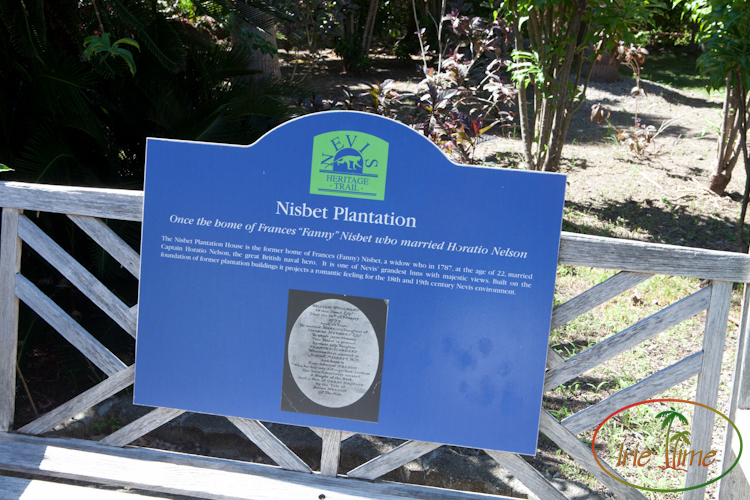
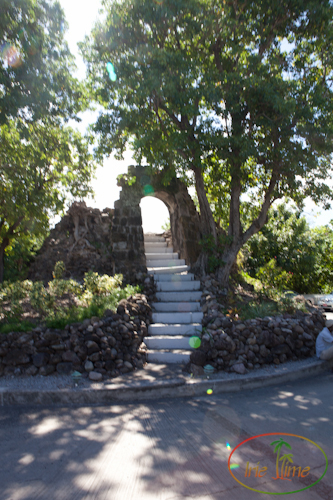
We were on the hunt for the Eden Brown Estate, the ruins of a plantation with a ghost story attached. The story goes that the what was to be a wedding, ended with a duel taking the lives of the groom and his best man, and leaving the bride to haunt the home to this day. Unfortunately, despite having a map, we could not find the right road. Unless something is on the main road, it’s a bit tough to find in Nevis. The roadmap for the island shows a general location, but it’s not easy to figure out how to get there. After two separate attempts to find it, we gave up. However, in the process, we did find the New River Estate, holding the remains of the last functioning sugar factory on the island.
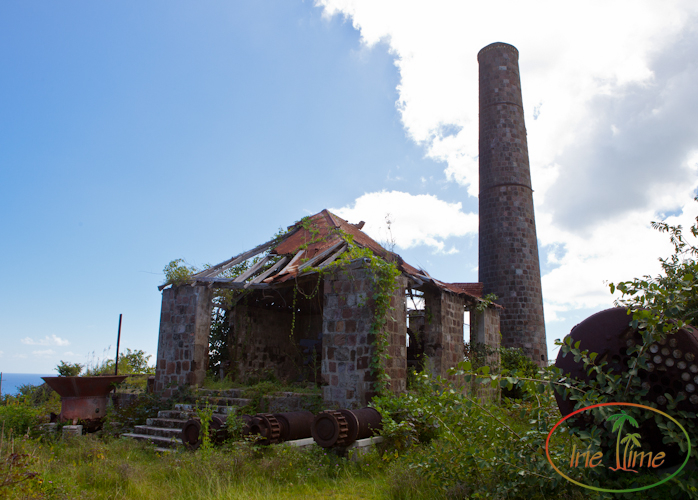
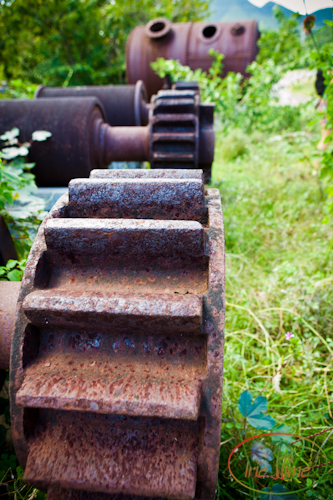
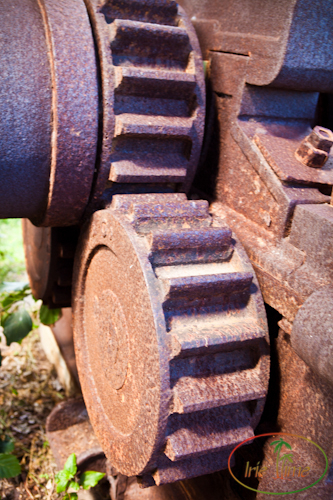
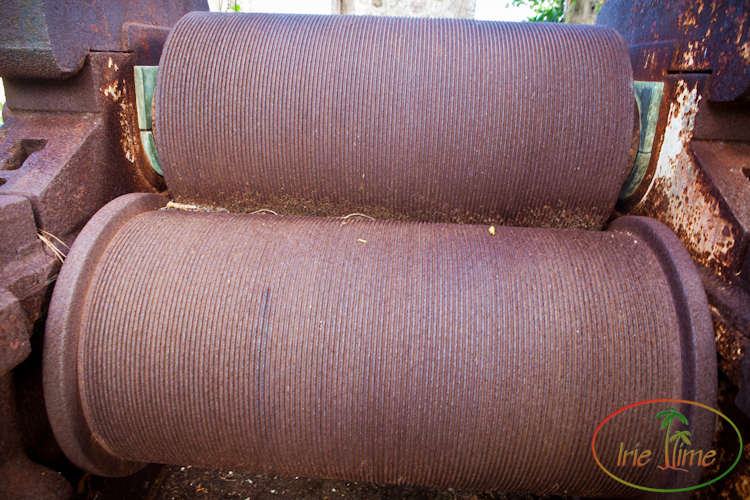
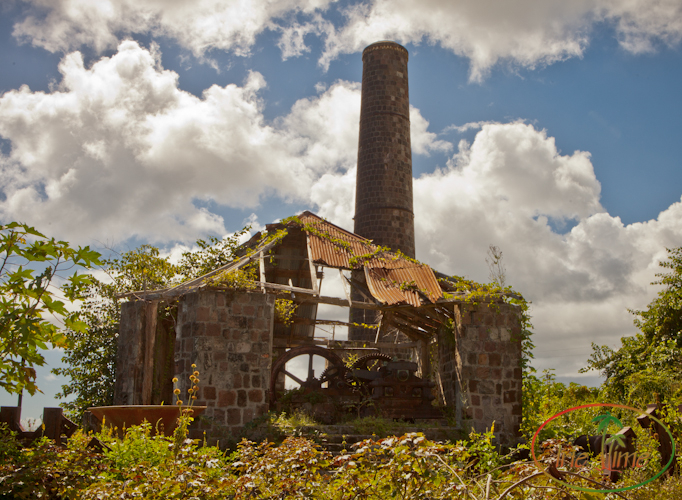
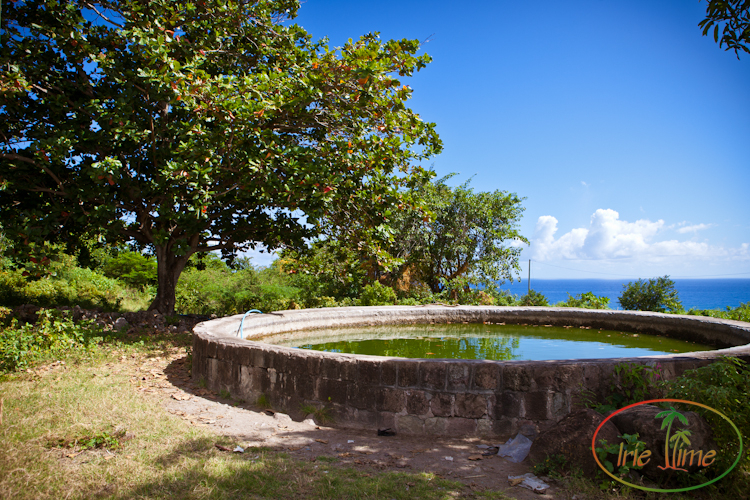
There is no shortage of places of worship on Nevis. The Nevisian people take great care in preserving the churches on the island. We stopped in at St. George’s Anglican Church, built in 1842, although gravemarkers in the cemetery date back to 1724. We parked our car, and were taking a few shots, when the caretaker kindly invited us in and offered to show us around.
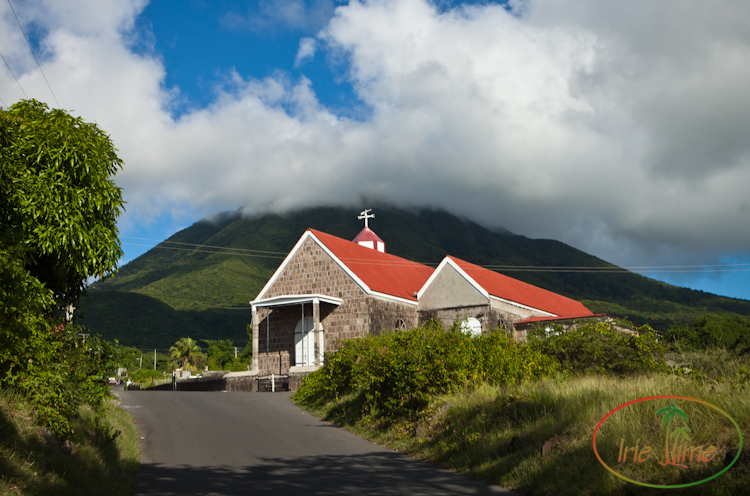
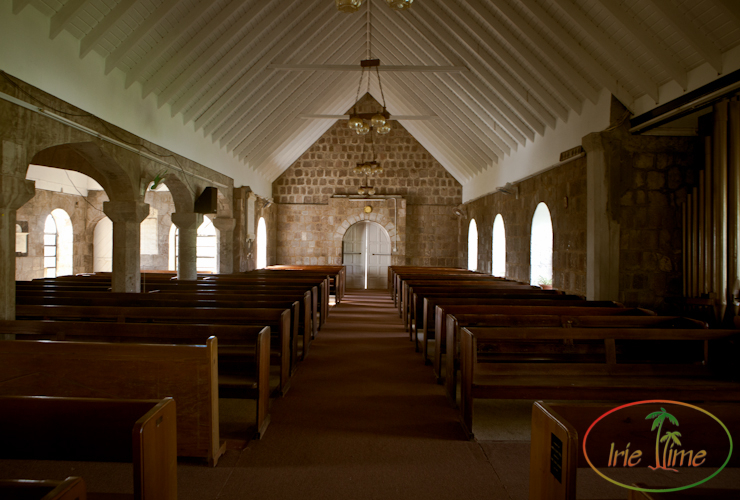
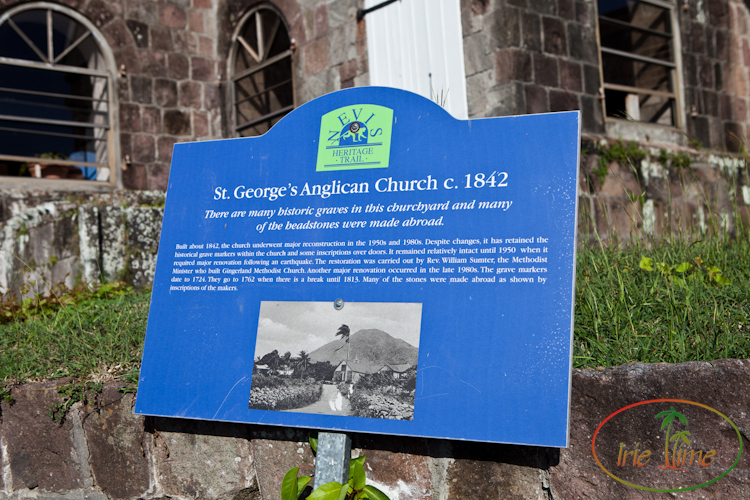
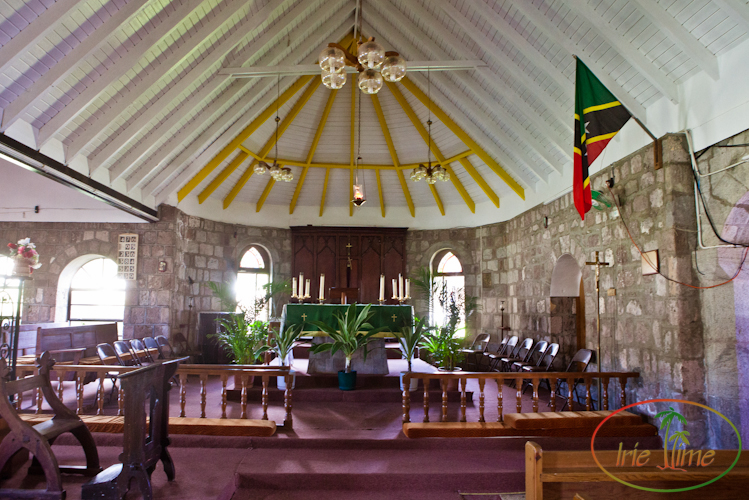

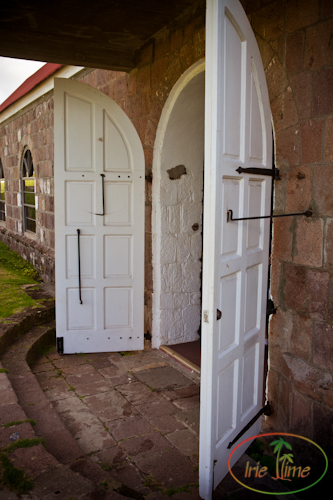
As you approach the main road from St. George’s, turn left at the donkeys…
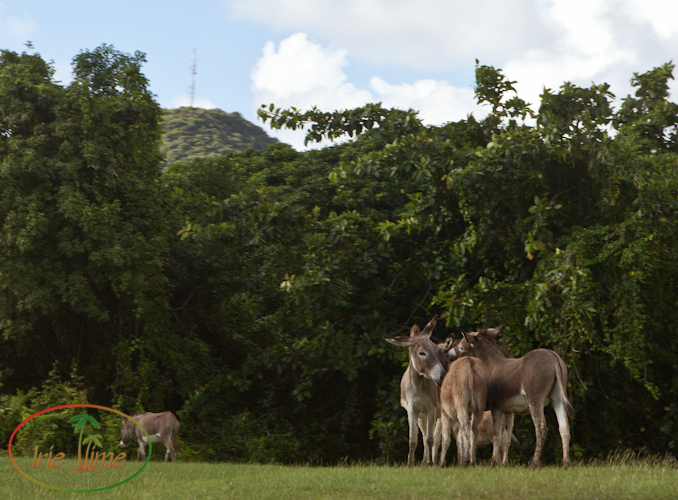
And you will find Gingerland Methodist Church, built in 1844.
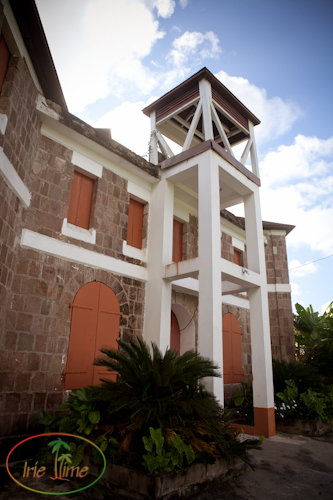
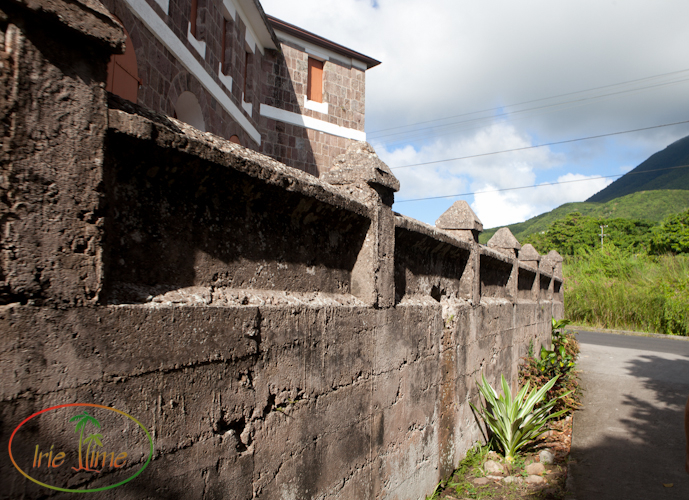
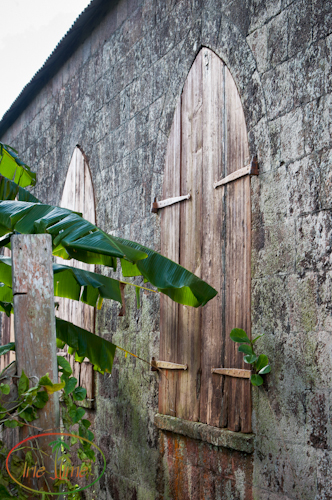
We had nine days on the island, and only scratched the surface of the historical sites. Nevis is full of history, just waiting for you to discover it.
Read other parts of our trip report on Nevis:
Part Two: Sunshine and the Killer Bee
Part Four: Bars of Pinney’s Beach
